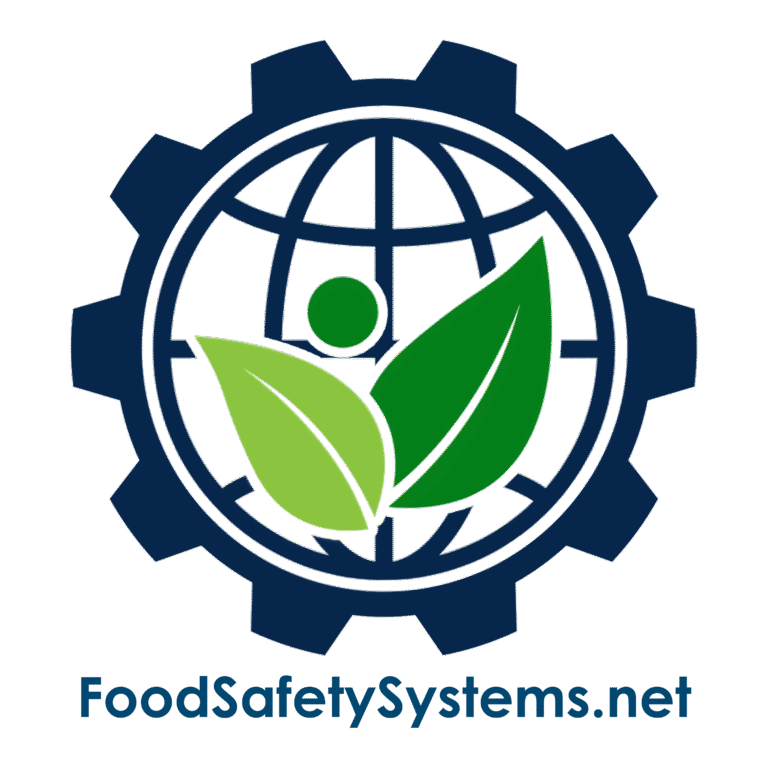Cleaning & Sanitation

Aligned with BRCGS Food Safety Issue 9 – Clause 4.11: Housekeeping and Hygiene
Requirement Overview
BRCGS Clause 4.11 requires that food production, storage, and handling environments be maintained in a clean and hygienic condition through clearly defined and implemented cleaning procedures.
Clause 4.11.1: “The premises and equipment shall be maintained in a clean and hygienic condition.”
Clause 4.11.2: “Documented cleaning procedures shall be implemented and maintained.”
Effective cleaning and sanitation prevent cross-contamination, protect product integrity, and form a key part of audit and regulatory compliance.
Key Compliance Objectives
-
✓ Maintain hygienic premises and equipment
✓ Implement validated, documented cleaning procedures
✓ Train staff in sanitation methods and verification protocols
✓ Ensure cleanliness is visually, microbiologically, and allergenically verified
Step-by-Step Compliance Implementation
1. Develop and Document Cleaning Procedures
-
Required Elements:
-
• What to clean (surfaces, equipment, zones)
• How to clean (method, chemicals, tools)
• When to clean (frequency)
• Who is responsible (assigned personnel)
• Verification steps
Evidence to Maintain:
-
• Master Sanitation Schedule (MSS)
• SOPs and cleaning work instructions
• Approved chemical list and MSDS
- • What to clean (surfaces, equipment, zones) • How to clean (method, chemicals, tools) • When to clean (frequency) • Who is responsible (assigned personnel) • Verification steps
- • Master Sanitation Schedule (MSS) • SOPs and cleaning work instructions • Approved chemical list and MSDS
2. Assign Trained Sanitation Personnel
-
Team Responsibilities:
-
• Execute cleaning tasks as per schedule
• Handle cleaning agents safely
• Document completion and sign-off of tasks
Evidence to Maintain:
-
• Sanitation training logs
• Job descriptions with sanitation responsibilities
• PPE and chemical handling training records
- • Execute cleaning tasks as per schedule • Handle cleaning agents safely • Document completion and sign-off of tasks
- • Sanitation training logs • Job descriptions with sanitation responsibilities • PPE and chemical handling training records
3. Conduct and Verify Cleaning Activities
-
Routine Execution Includes:
-
• Daily, weekly, and deep-cleaning cycles
• Post-clean visual inspections
• ATP, swab, or allergen verification
Evidence to Maintain:
-
• Completed cleaning records (signed and dated)
• Verification results and corrective actions
• Logs of non-conformances or missed tasks
- • Daily, weekly, and deep-cleaning cycles • Post-clean visual inspections • ATP, swab, or allergen verification
- • Completed cleaning records (signed and dated) • Verification results and corrective actions • Logs of non-conformances or missed tasks
4. Review and Improve Sanitation Effectiveness
-
Verification Metrics:
-
• Trends in microbiological and allergen results
• Internal sanitation audits
• Root cause analysis of contamination events
Evidence to Maintain:
-
• Review meeting notes
• Updated MSS and SOPs
• Corrective/preventive action records
- • Trends in microbiological and allergen results • Internal sanitation audits • Root cause analysis of contamination events
- • Review meeting notes • Updated MSS and SOPs • Corrective/preventive action records
Common Audit Findings & Recommended Fixes
| Audit Finding | Recommended Action |
|---|---|
| Incomplete or outdated cleaning SOPs | Review and update all sanitation procedures regularly |
| Missed or undocumented cleaning tasks | Implement checklists with sign-off and verification |
| No verification of cleaning efficacy | Conduct ATP or allergen swabbing as routine verification |
| Lack of chemical control | Store, label, and document usage of all cleaning chemicals |
Auditor Verification Checklist
During a BRCGS audit, expect to provide:
-
• Cleaning SOPs with defined frequency, methods, and responsibilities
• Completed and signed cleaning logs
• Master Sanitation Schedule (MSS)
• Verification records (visual, swab, allergen, microbiological)
• Training records for sanitation team
Implementation Roadmap
Build Your Program
-
✓ Develop cleaning SOPs for all areas and equipment
✓ Create a Master Sanitation Schedule (MSS)
Train and Execute
-
✓ Train staff on cleaning methods, safety, and documentation
✓ Follow scheduled sanitation tasks and complete records
Verify and Monitor
-
✓ Conduct visual checks and microbiological verification
✓ Use ATP or allergen tests where applicable
Improve Continuously
-
✓ Analyze sanitation data for trends
✓ Update SOPs and frequency based on performance and risk
Why This Matters?
-
✓ Prevents contamination, allergen carryover, and microbial risk
✓ Supports audit readiness under BRCGS Clause 4.11
✓ Builds confidence in product safety and site hygiene
✓ Reinforces your food safety culture and operational discipline
Support Tools Available
Food Safety Systems provides:
-
✓ Editable sanitation SOP templates
✓ Master Sanitation Schedule planners
✓ Verification tracking logs (ATP, swab, allergen)
✓ Training guides for sanitation personnel
Privacy Policy | Terms of Service
Powered by Consultare Inc. Group, A Compliance Company







